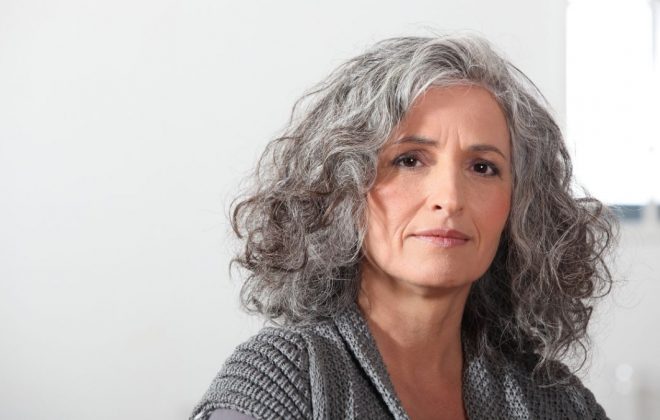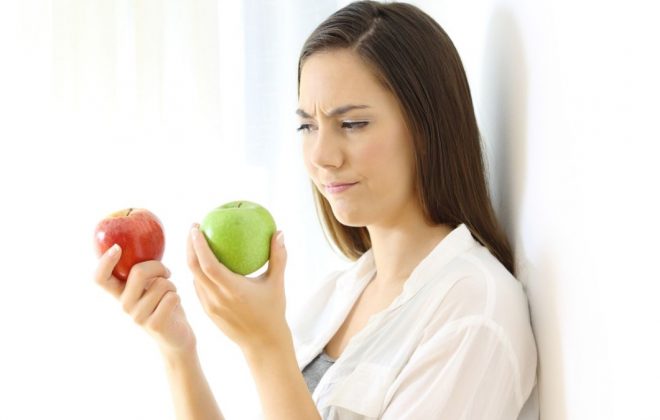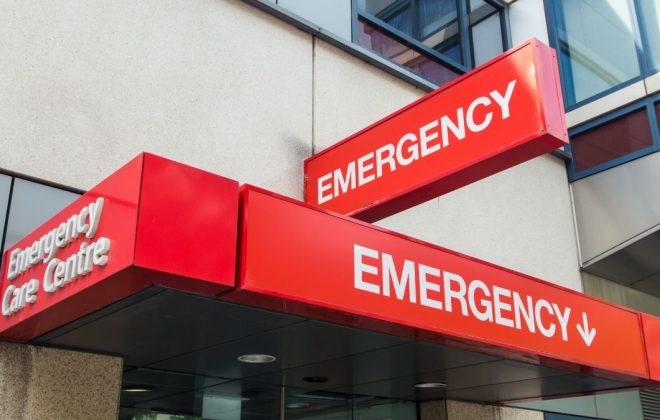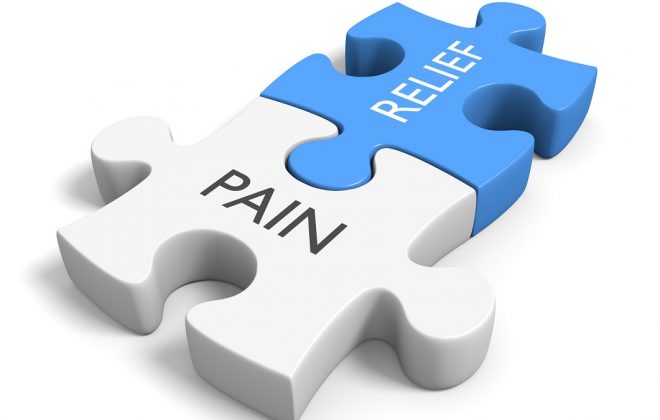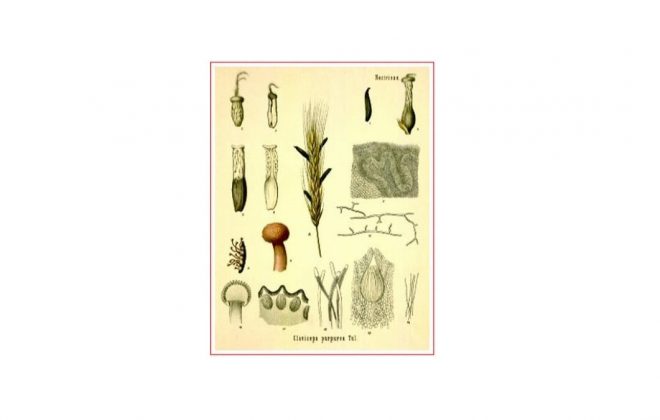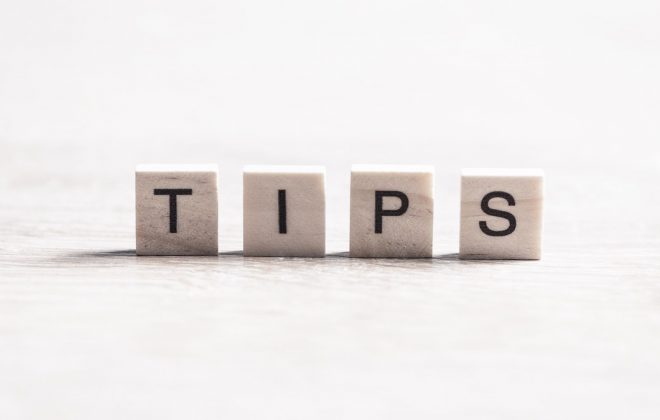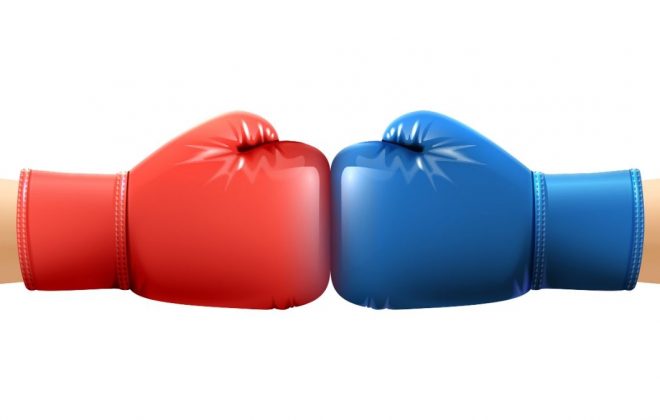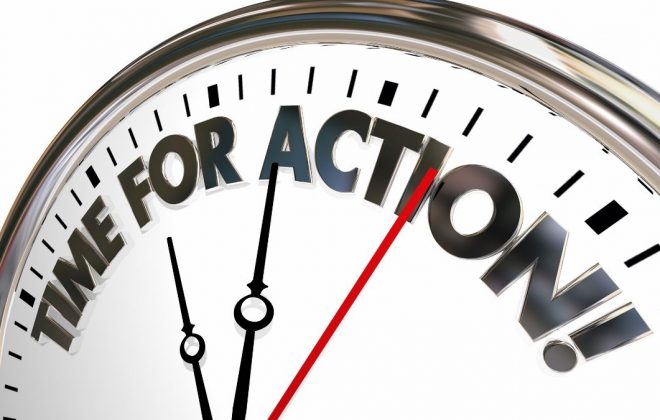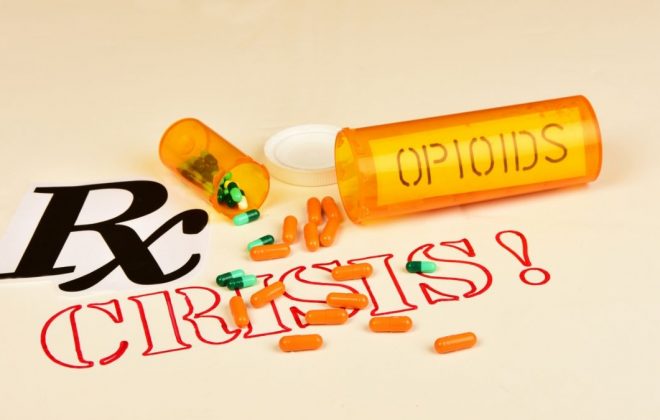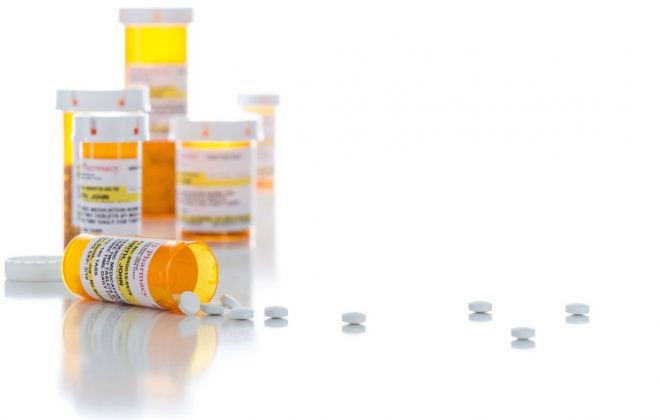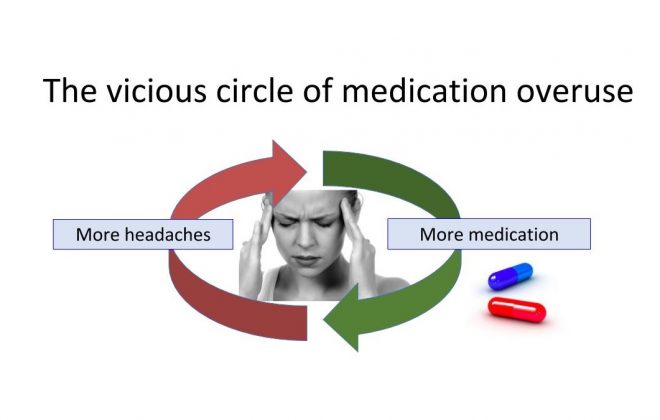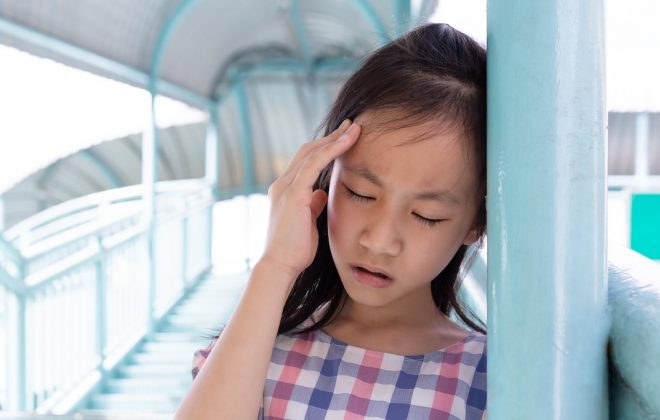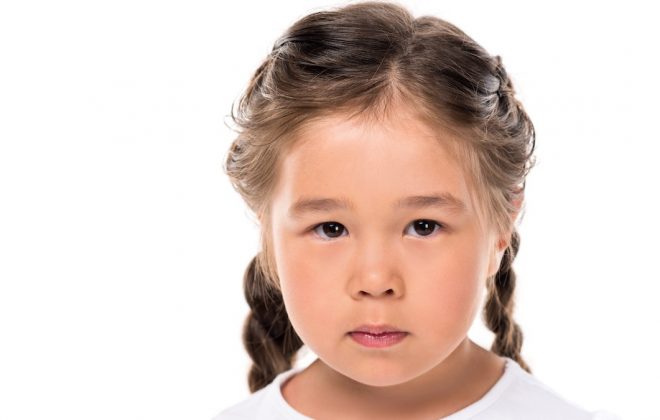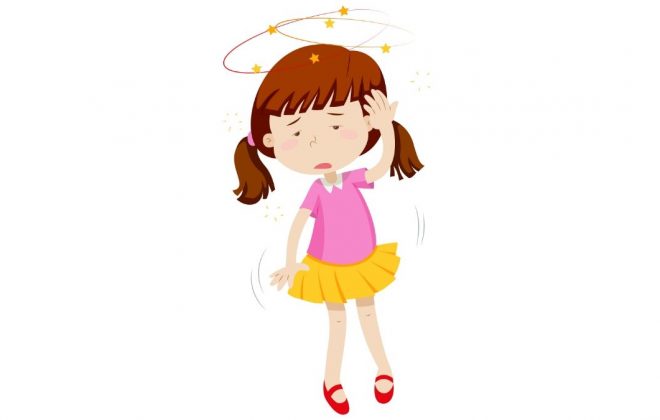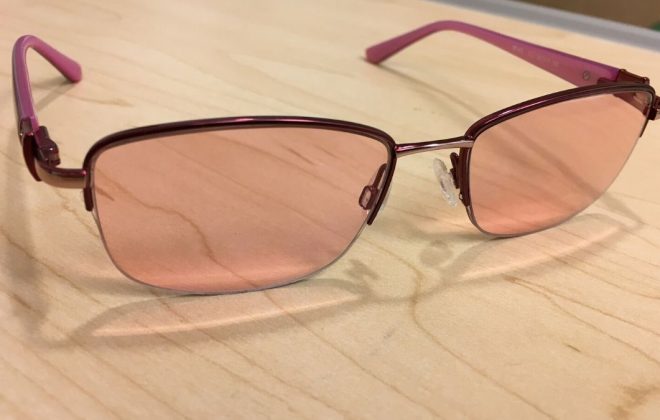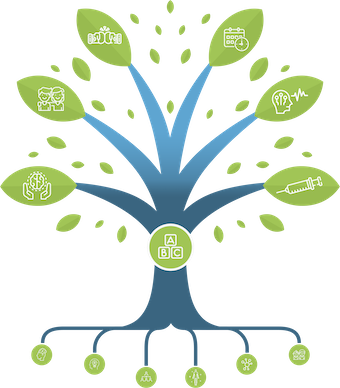I have been told there is «nothing else to do»…now what?
Are there people with migraine who don’t get better despite appropriate treatment? Every disease has severe forms. In every disease, there are people who do not respond to treatments. People with cancer still die if the treatments do not work. Sometimes people with a refractory…
Natural supplements for migraine
Different nutraceuticals and supplements have been studied for migraine prevention. These products are often perceived as safer and “more natural”. Overall, supplements are active substances and should be managed quite like medications. A few comments can be made on supplements. Table: Overview of nutraceuticals used…
List of migraine preventives: classes and mechanism of action
«What’s the best preventive for migraine»? Sadly, there is no answer to this question. Many different approaches exist, and it is not possible to predict which one will work for one person in particular. For each option, there are people who do not improve (non-responders),…
How to try a preventive – Top Questions and Answers
Preventive medications are taken daily for several months to reduce the frequency and intensity of migraines. Should you try one? Here are some common questions and answers about migraine preventives! How do I know if I need a preventive medication? There is no absolute rule….
Going to the Emergency Department
Going to the emergency department is usually a challenging experience. This may be the worst place on earth for a person with migraine (apart from a death metal concert). Strong lights, noises, smells. Uncomfortable chairs. Long wait times. A migraine attack might not be a…
Options to treat the migraine attack the Ultimate Table and Key Tips
Key Concepts for acute treatment: The goal is to return to function or at least a decrease symptoms Try different options with your care provider Record results in your diary Treat early, it will increase your success rate For severe attacks, discuss combinations with your…
The fascinating history of triptans
Did you know that triptans are the grand-children of a fungus? That’s right. The story of the triptans starts with a fungus that grows on the rye plant. This fungus, Claviceps purpurea, attaches to the rye and forms a shape that resembles the foot of a hen,…
Top Ten Facts of treating the migraine attack
The migraine attack is a chemical and electrical storm in the brain Many zones of the brain are active during an attack. We now have scientific evidence that migraine pain comes from pain nerves around the meninges. The aura is caused by a wave of electricity on…
The Combination Principle
Your migraine attacks just won’t break with one medication? Try two! Some migraine attacks are difficult to treat. The migraine attack is a chemical and electrical storm in the brain that leads to pain and a wide variety of accompanying symptoms (See this post). The key options…
The Treating Early Principle
My doctor prescribed me medications to treat my migraine attacks…but they don’t work! Sounds familiar? You may be treating your attacks too late. I have been told to wait until my pain is severe to take my meds. Isn’t that the right thing to do? No, it’s…
Opioids and migraine: AVOID!
What are opioids? Opioids are painkillers. They act on natural morphine receptors in the brain. Opium, extracted from the poppy plant, is a natural opioid. There are many different synthetic opioids. Name Brand Equivalent of morphine dose Morphine Statex 1 Codeine Empracet (with acetaminophen) 0.15 Oxycodone…
Medication Overuse Headache: tips to organize a successful withdrawal
Addressing medication overuse is one of the most important decisions on your headache journey. Managing medication-overuse headache is not easy, but if there is a suspicion that overuse plays a role in the chronic headache problem, it must be done. Here are a few facts…
Medication-overuse headache: what is it and why is it happening?
If you have frequent migraine attacks, you will want to treat them frequently with acute meds. That makes sense. The problem is that this regular use of acute medication will provide short-term relief but can make your brain even more prone to headaches in the…
List of acute treatments
The medications discussed here are the migraine medications which are used to treat individual migraine attacks (See this post). They can be divided into broad categories: Analgesics, NSAIDs, Triptans, ergot derivatives, Gepants, Anti-emetics, Cannabinoids and Opioids. ** We included cannabinoids since people are interested in them, but…
How to use acute treatments for migraine attacks
What are acute treatments for migraine? Acute treatments are medications to help you to break a migraine attack, not to prevent one. These medications are taken as needed when a migraine starts. They are different from preventive treatments, taken regularly to decrease the frequency of migraines (See…
I have severe attacks, and sometimes I throw up…what can I do?
Many migraine patients will have nausea with at least some attacks, and some will vomit. Vomiting, especially if it occurs early in the migraine attack, can be a problem because if the patient throws up their medication before it is absorbed into the body, it obviously will…
Vestibular migraine in children
What is vestibular migraine? Vestibular migraine is the second most common cause of vertigo in children occurring between 6 and 12 years of age more frequently in girls .Children with this syndrome complain of attacks of “vestibular” symptoms including false sensation of self-motion, false sensation…
Alternating hemiplegia of childhood
What is alternating hemiplegia of childhood? Alternating hemiplegia of childhood (AHC) is a rare condition with repeated bouts of weakness or paralysis that may affect one side of the body or the other or both sides of the body at once lasting for minutes to…
Benign Paroxysmal Vertigo
What is benign paroxysmal vertigo? Benign paroxysmal vertigo (BPV) typically starts between ages 2 and 5. Children with BPT present with repeated attacks of a spinning sensation (vertigo) or dizziness. Parents may observe unsteadiness as young children are unable to describe how they feel. A…
Light hurts: How to use glasses to help with photophobia
What is photophobia? Photophobia is a very strong sensitivity to light and is common in migraine. Migraine photophobia can precede (and potentially trigger) a headache. However, it can also occur during a headache or between headaches. Is photophobia only linked to migraine? No! many eye…
Categories
THE MIGRAINE TREE
- BRANCHES
- ACUTE TREATMENTS
- DEVICES AND NEUROMULATIOIN
- PREVENTIVE TREATMENTS
- PROCEDURES AND INJECTIONS
- SELF-CARE AND LIFESTYLE
- SOCIAL LIFE
- TRUNK
- ROOTS
OTHER CATEGORIES


